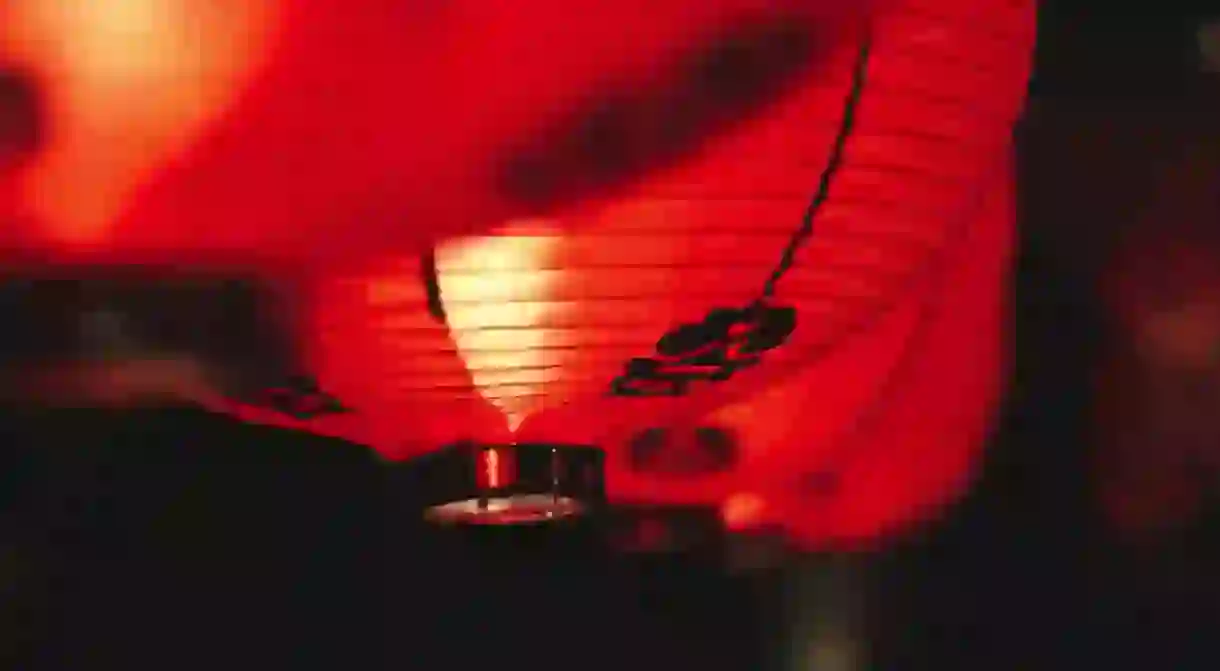Why This NYC Street in Chinatown Was Known as “The Bloody Angle”

Today, Manhattan’s Chinatown is a family-friendly tourist attraction famous for its shopping. Those who associate the area with humorous haggling vendors would be shocked to learn that the neighborhood is home to the deadliest street in American history.
One hundred years ago, Chinatown was rife with gang activity, which was often concentrated on a single 200-yard street. Chinese street gangs, including the Hip Sing Tong, the Four Brothers, and the On Leong Tong, favored Doyers Street for its easy access to Chinatown’s tunnel system and its nearly 90-degree bend, which allowed gangs to stage surprise attacks on their rivals. These attacks, which involved hatchets, guns, and other weapons, are rumored to have literally stained the Chinatown cranny red, earning it the nickname “The Bloody Angle.”

Beginning in 1905 and continuing for nearly a century, Doyers Street bled. After a night at the Chinese Theater turned deadly when 10 Hip Sing members ambushed four off-guard On Leong Tongs on August 7, 1905, a year-long war erupted, centering around the nearby Doyers Street. Almost four years to the day after this event, an ally of the Hip Sing Tongs invaded the Mott Street home of Four Brothers member Tchin Len and killed Len’s sex slave Bow Kum. In the aftermath of this slaying, some 50 people lost their lives, many of them on Doyers Street. The Bloody Angle would earn its moniker again at the tail end of the most violent decade in New York City history, this time featuring a new generation of gangs.
Today, the only people peeking around Doyers Street’s bend are tourists. The street is lined with souvenir shops and, next door to the Chinese Theater’s former address, a hipster cocktail bar pouring kale juice-infused drinks for $16. Still, its violent past persists, leaving the country’s deadliest street bruised but no longer bleeding.













